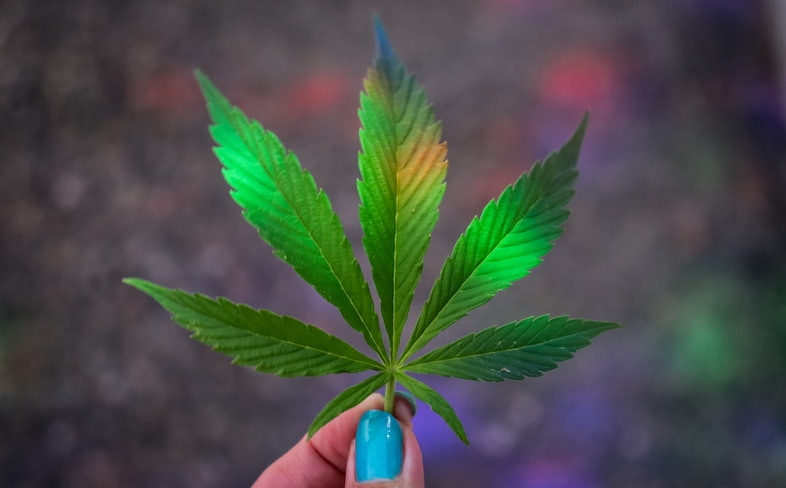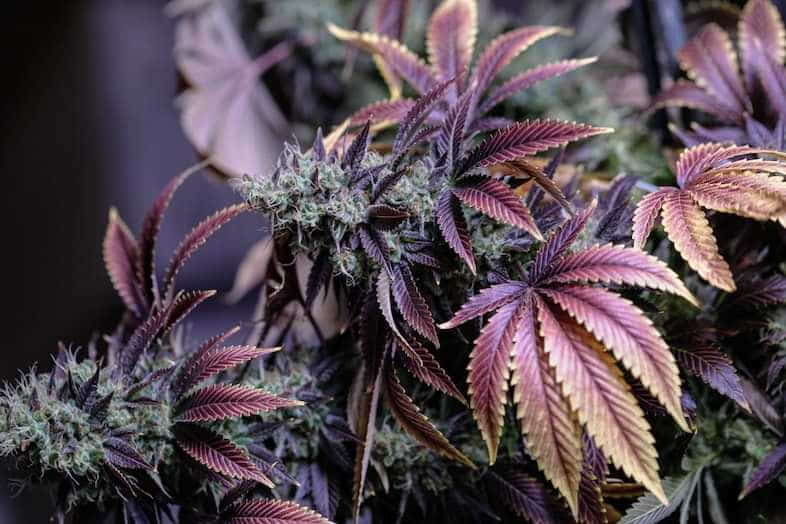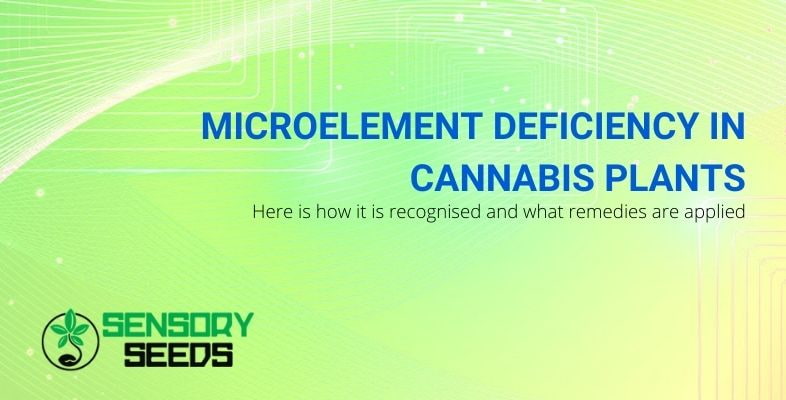Modified on: 29/07/2023
Here’s how to recognise deficiencies in hemp plants and how to take action to remedy them
Suppose you are interested in the world of cannabis and follow the Sensoryseeds blog because you love to collect the various types of marijuana seeds. In that case, the chances are that every aspect of this plant piques your curiosity. For example, you might want to know what signals hemp plants give when one of their primary nutrients is lacking.
In this article, you will find out what certain nutrients are needed, what happens to cannabis plants when these are lacking, and how such situations are resolved.


Nitrogen deficiency in the marijuana plant: what causes it and how to intervene
Among the nutrients that cannabis absolutely cannot do without is nitrogen, a chemical element that has enormous specific weight in the plant’s life. It is essential for photosynthesis and is an integral component of hemp protein. When a marijuana plant suffers a nitrogen deficiency, it gives somewhat tangible signs: its leaves begin to turn yellow and pale, curl up and finally fall off.
Naturally, such a condition is not beneficial for the plant as its yield decreases (faster flowering but poorer) and lacks an essential element. It risks not surviving. Furthermore, assuming that the basis of good cannabis nutrition must be a suitable pH in the soil, hydroponic or coco fibre, it is not certain that all plants can absorb nutrients similarly. Therefore, should these symptoms occur, it would be advisable to supplement the nitrogen supply with rich fertilisers.
Since the leaves can absorb this element, a fertilising spray can be applied directly onto them.
Read also: Micro mites and cannabis: how you can protect marijuana from these dangerous pests
Magnesium and potassium deficiency: everything you need to know
Like nitrogen, magnesium also plays an essential role in photosynthesis: photosynthesis cannot occur without this mineral.
When magnesium is in short supply, the plant leaves show unmistakable yellow spots, which later turn brown. This deficiency not only affects the leaves and causes them to die, but also negatively affects the plants’ productivity. Since every grower plants cannabis seeds to reap the fruits of his labour, such a situation must be avoided at all costs.
Analysing the water used to irrigate the plants helps determine whether the magnesium levels are good. In addition, the plant substrate must have a pH between 5.5 and 6.5. However, washing the soil with pH 6 water enriched with epsomite should remedy the problem and rebalance the magnesium levels in the plant.
As for potassium, this macronutrient is as essential to hemp as air is to humans. Its functions include:
- transpiration and water absorption;
- photosynthesis;
- the transport of carbohydrates and sugars;
- root development.
When optimal potassium levels are lacking in cannabis, the leaves begin to curl and take on a yellowish/brown colour at the tips and edges. If this alarm bell sounds, the soil should be flushed, and potassium should be supplemented with a suitable fertiliser (including foliar fertiliser) or chicken manure.


Phosphorus deficiency in cannabis: how to recognise it
All of the elements mentioned above are important for photosynthesis. Well, so is phosphorus. Moreover, this nutrient is crucial for plant growth because it helps the development of DNA and plant proteins. When it is lacking, cannabis growth slows down noticeably, and its leaves show signs of dryness and take on a brown to dark purple colour.
As always, in these cases, it is essential to check that the pH is suitable for growing this plant, bearing in mind that this value can vary depending on several factors. To be clear, it is not enough to measure it once. But it should be done regularly. In addition, to help the plant right away, it would be good to use a phosphorous fertiliser or biological solutions such as worms and fish food.
Read also: S1, F1 and F2 seeds: characteristics and differences between these types
Calcium deficiency: what signals the hemp plant gives
Lastly, calcium is a valuable nutrient for hemp as it aids nitrogen and sugar absorption and makes cells stronger. Unfortunately, a calcium deficiency harms the entire plant structure, which can suffer irreversible root damage in the most severe cases. So how does calcium deficiency manifest itself? Again, the leaves act as litmus tests and indicate the plant’s state of health; in this case, it is mainly the lower leaves that become deformed and show yellow spots.
To remedy this, after ensuring that the pH of the soil is not too alkaline, you should immediately apply a calcium supplement or fertilise the plant with a solution of water and hydrated lime (one tablespoon per 4 litres).
In conclusion
In this article, I have told you about the deficiencies of the essential nutrients in cannabis and what action should be taken to remedy them. However, you should remember that it is forbidden to plant autoflowering seeds, feminized seeds, fast-flowering seeds and others in the UK. Therefore, if you want to buy weed seeds online, you can only do so to collect them.
At Sensoryseeds.com, you will find a wide selection of certified seeds to enrich your collection. Visit us now!









